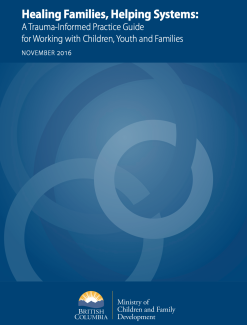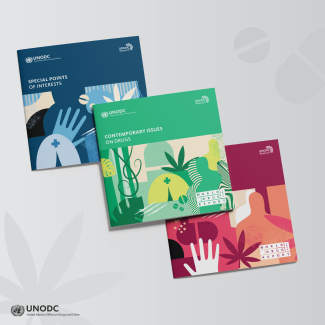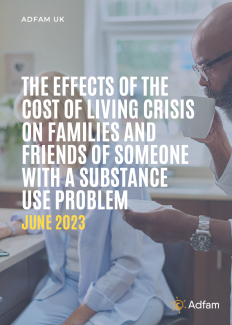Sex and gender differences in HCV risk and cascade of care among people who inject drugs
This seminar explored why it is important to study sex and gender differences in people who inject drugs, with reference to examples relevant to hepatitis C risk and the cascade of care. It included an overview of why we study sex and...








